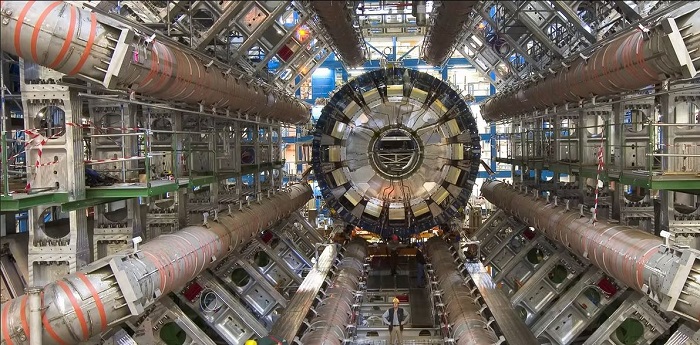2021: ‘What Lies Beyond The Standard Model?’ Physicists Asked
If you ask a physicist like me to explain how the world works, my lazy answer might be: “It follows the Standard Model.”
The Standard Model explains the fundamental physics of how the universe works. It has endured over 50 trips around the Sun despite experimental physicists constantly probing for cracks in the model’s foundations.
With few exceptions, it has stood up to this scrutiny, passing experimental test after experimental test with flying colors. But this wildly successful model has conceptual gaps that suggest there is a bit more to be learned about how the universe works.
I am a neutrino physicist. Neutrinos represent three of the 17 fundamental particles in the Standard Model. They zip through every person on Earth at all times of day. I study the properties of interactions...


